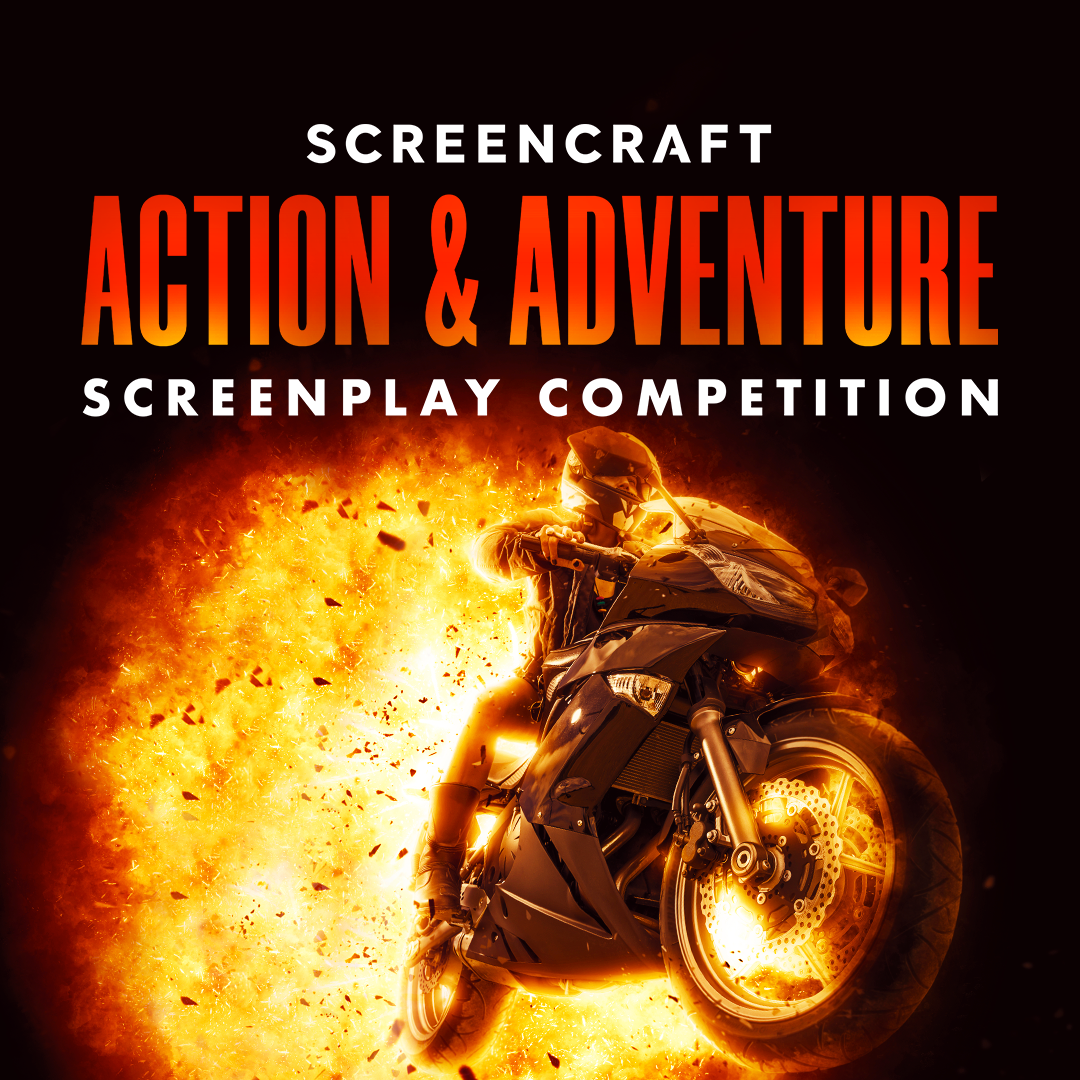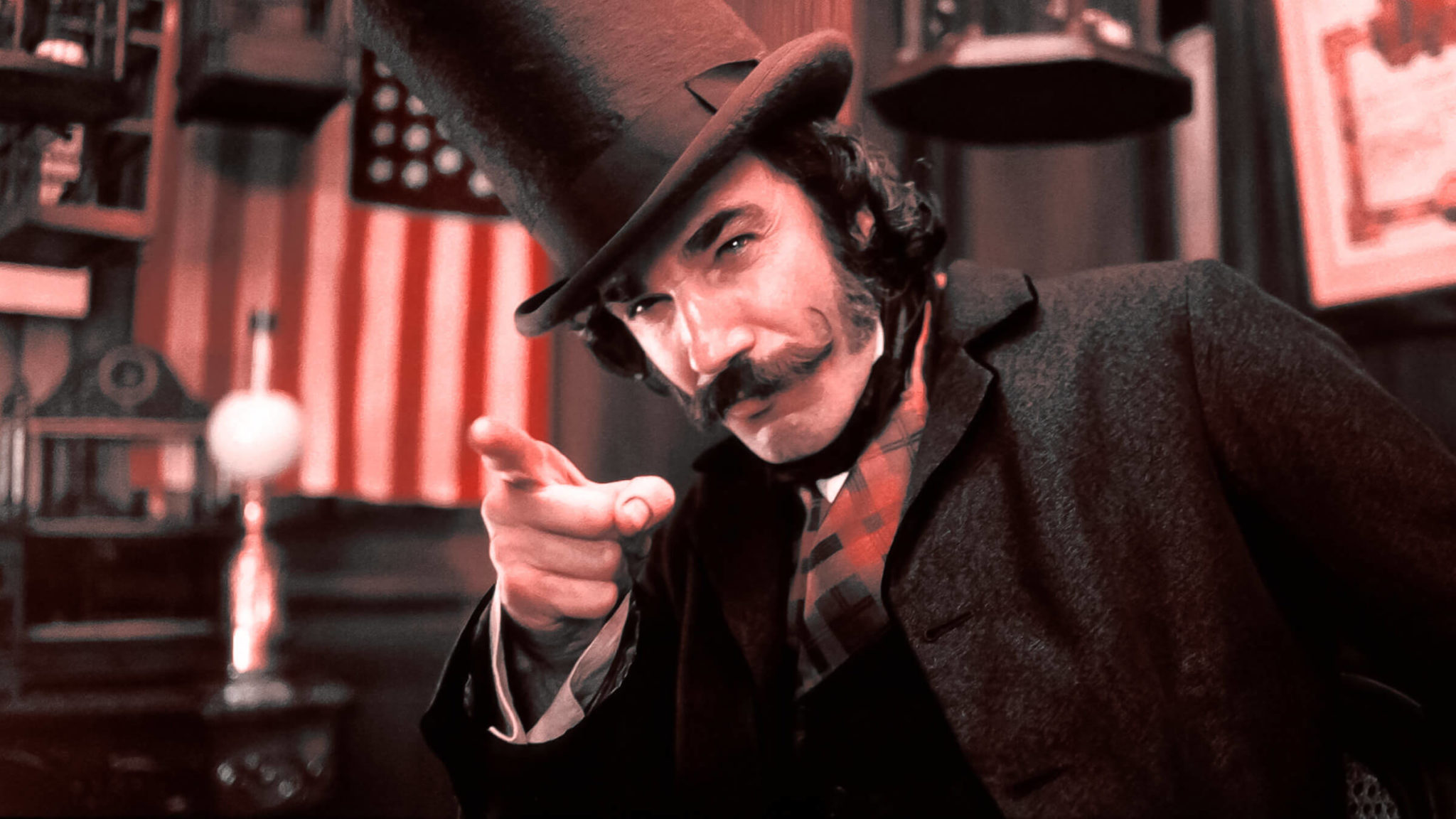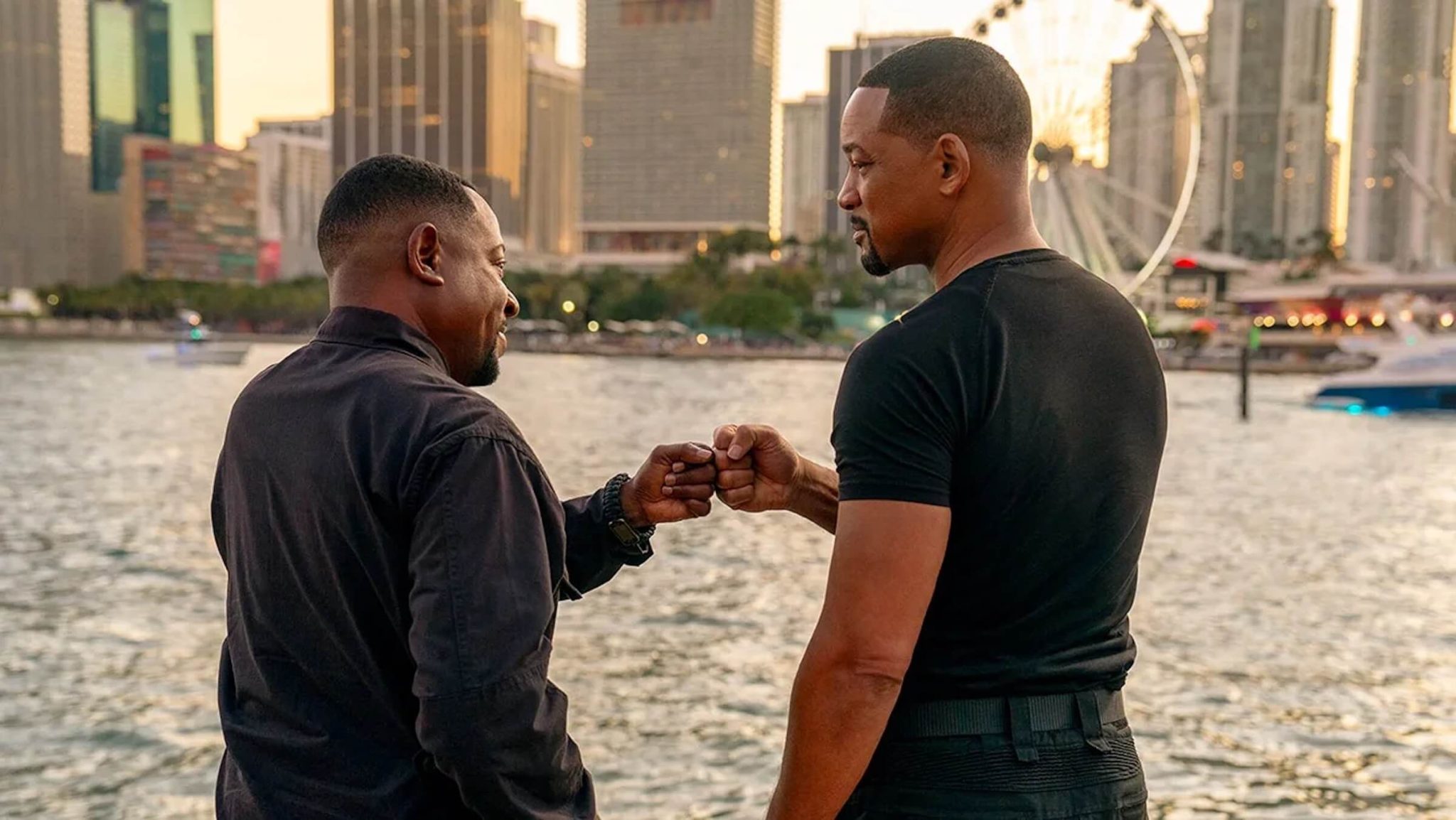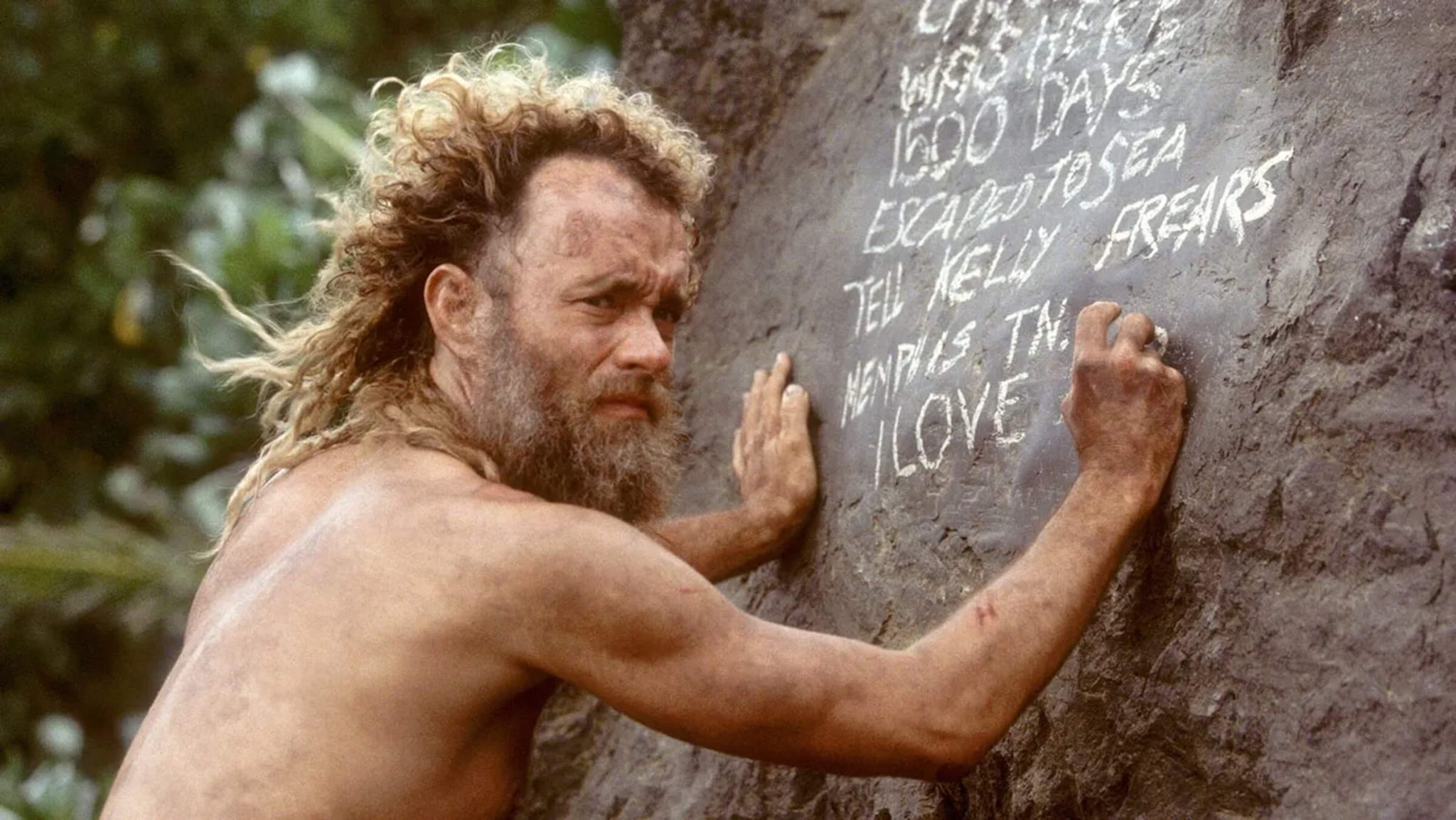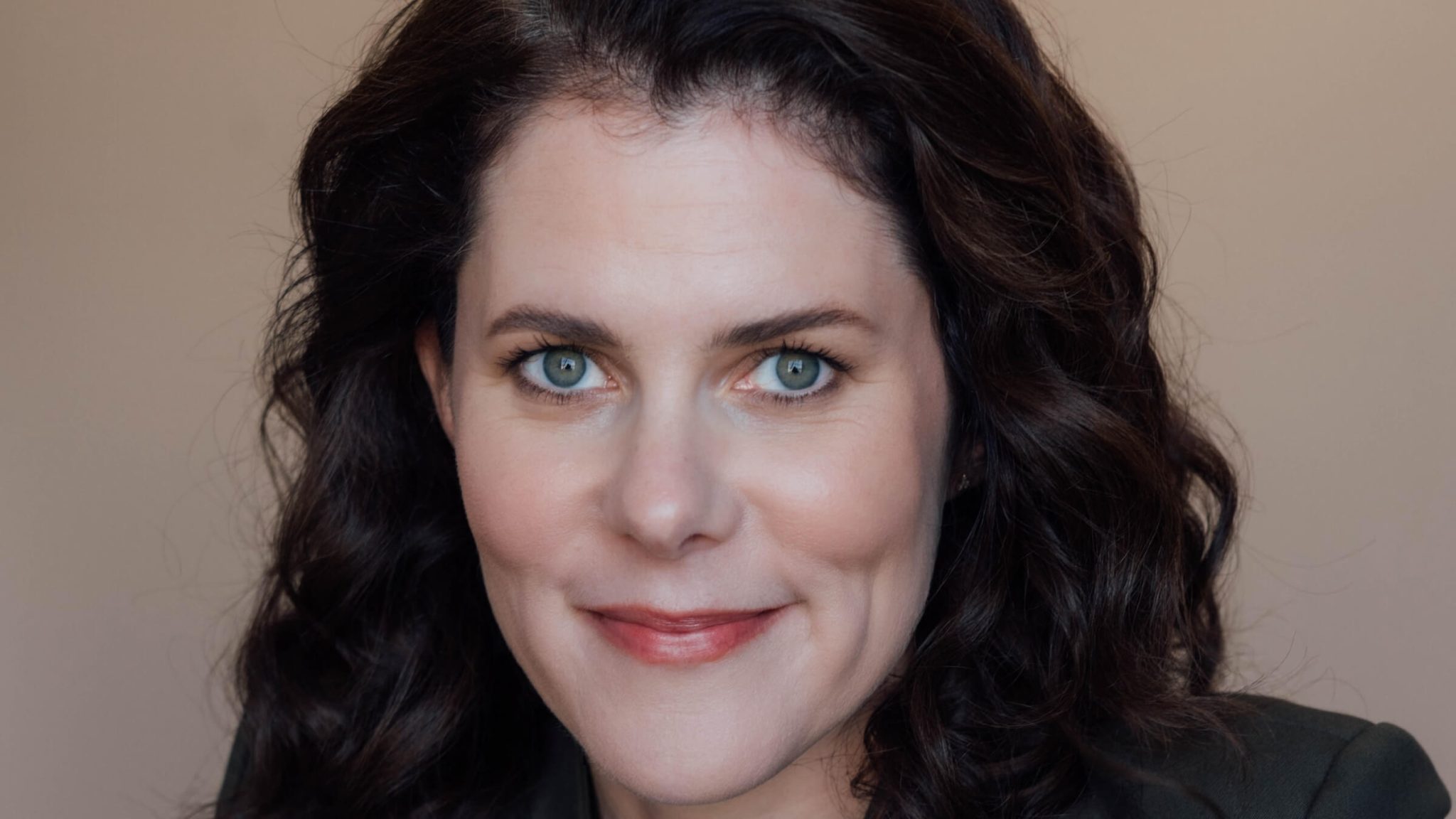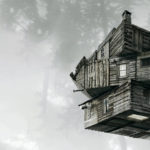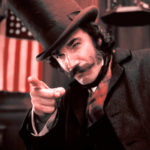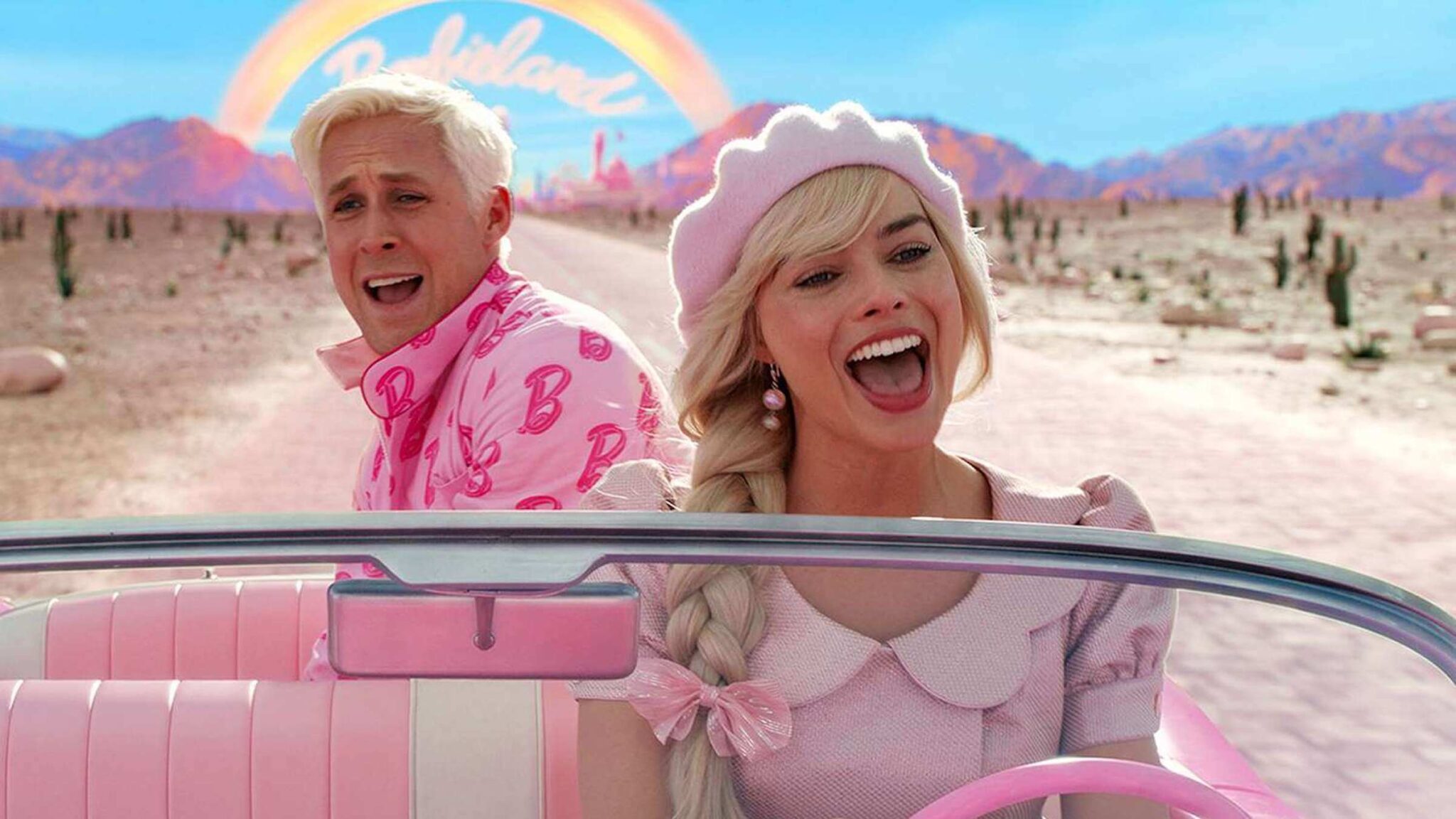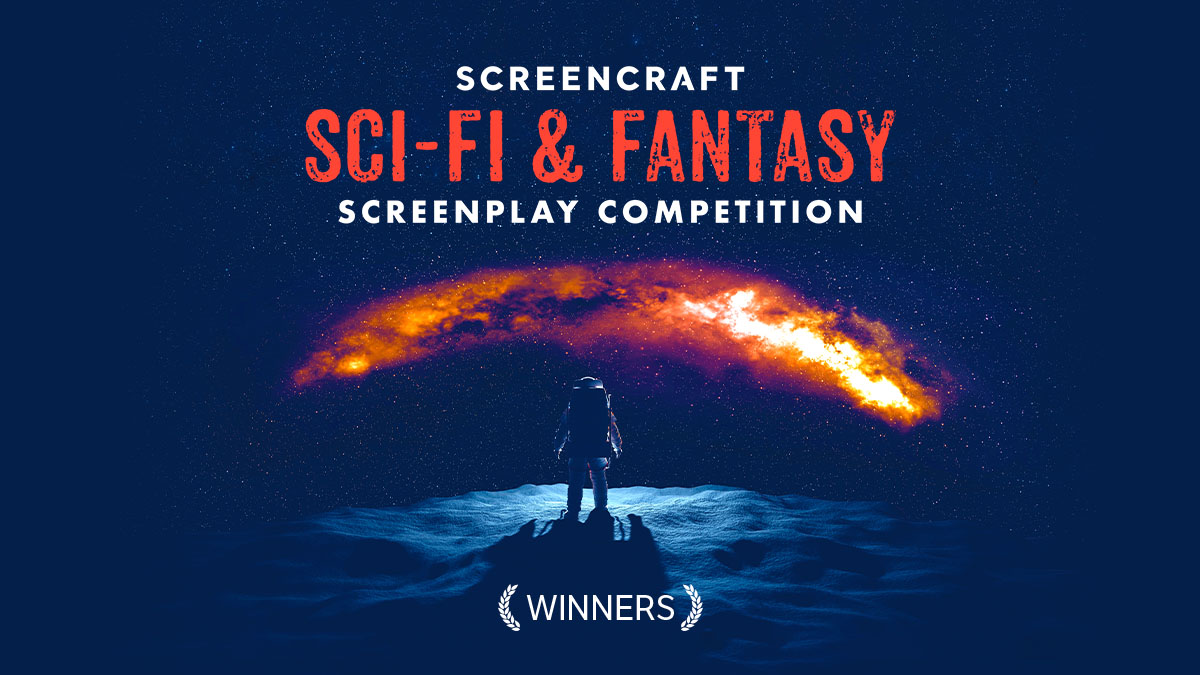10 Popular Fantasy Tropes in Film and TV
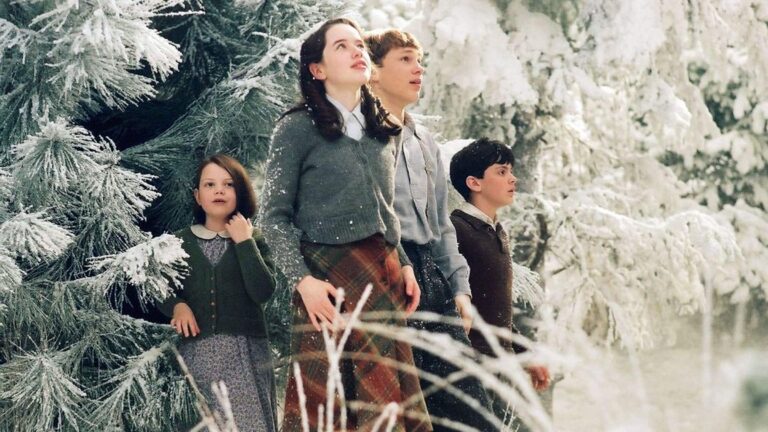
Fantasy stories represent one of the oldest genres in storytelling, drawing audiences into worlds where the impossible becomes possible through magic and mystical story and character elements. These stories often rely on specific tropes that establish the genre's thematic and narrative foundations.
Here, we explore the top ten movie tropes found within fantasy movies, illustrating how each serves the fantasy genre, complete with examples from iconic fantasy movies.
But before we get into these tropes, let’s cover what many of you may be wondering, “What exactly is a trope?”
What Is a Trope?
A trope is a commonly recurring literary and cinematic rhetorical device, motif, or cliché recognizable and familiar due to its repeated use in certain stories. Tropes serve as storytelling shortcuts that can help set expectations, develop characters, advance the plot, or evoke specific emotions from the audience.
The best tropes are the building blocks of narrative conventions and are often used to quickly convey information or establish themes without elaborate explanation. While tropes can sometimes become predictable or stereotypical, they are also valuable tools for writers to engage with audiences through common understandings of particular characters, plot points, and concepts.
Writers can also use genre tropes to subvert the expectations of the audience by going down different story and character paths.

'Star Wars: Rogue One' (2016)
10 Fantasy Tropes
Now that we know what tropes are, let’s dive into the top ten tropes found in fantasy movies.
1. The Hero's Journey
This classic narrative structure features a hero who embarks on a quest, faces challenges, and undergoes transformation. Most first learned of the hero’s journey through George Lucas’s science fantasy epic, Star Wars. Lucas spoke highly of his studies in mythology, particularly Joseph Campbell’s work on the monomyth.
Later, as a development executive and screenwriter at Disney, Christopher Vogler embraced his fascination with Joseph Campbell's model of the hero's journey. This led him to write a concise seven-page memo titled A Practical Guide to The Hero with a Thousand Faces, aimed at Disney's development department and new screenwriters.
Vogler later expanded this memo into a comprehensive book, The Writer's Journey: Mythic Structure for Storytellers and Screenwriters, published in 1992. He further refined his ideas in a subsequent book, The Writer's Journey: Mythic Structure For Writers.
In his work, Vogler adapted Campbell’s mythical framework into twelve distinct stages. Below, we provide simplified interpretations of these stages:
- The Ordinary World: We see the hero's normal life at the start of the story before the adventure begins.
- Call to Adventure: The hero is faced with an event, conflict, problem, or challenge that makes them begin their adventure.
- Refusal of the Call: The hero initially refuses the adventure because of hesitation, fear, insecurity, or any other number of issues.
- Meeting the Mentor: The hero encounters a mentor who can give them advice, wisdom, information, or items that ready them for the journey ahead.
- Crossing the Threshold: The hero leaves their ordinary world for the first time and crosses the threshold into adventure.
- Tests, Allies, and Enemies: The hero learns the rules of the new world and endures tests, meets friends, and comes face-to-face with enemies.
- The Approach: The initial plan to take on the central conflict begins, but setbacks occur that cause the hero to try a new approach or adopt new ideas.
- The Ordeal: Things go wrong and added conflict is introduced. The hero experiences more difficult hurdles and obstacles, some of which may lead to a life crisis.
- The Reward: After surviving The Ordeal, the hero seizes the sword — a reward that they've earned that allows them to take on the biggest conflict. It may be a physical item or piece of knowledge or wisdom that will help them persevere.
- The Road Back: The hero sees the light at the end of the tunnel, but they are about to face even more tests and challenges.
- The Resurrection: The climax. The hero faces a final test, using everything they have learned to take on the conflict once and for all.
- The Return: The hero brings their knowledge or the "elixir" back to the ordinary world.
Since Greek Mythology, the hero’s journey has been the go-to structure trope. Today, most fantasy films follow this structure trope.
Free Download: Exploring the Twelve Stages of The Hero’s Journey
In The Lord of the Rings trilogy, Frodo Baggins (Elijah Wood) epitomizes the Hero's Journey as he travels from the Shire to Mount Doom to destroy the One Ring, a quest filled with peril and personal growth.
In Star Wars, Luke Skywalker (Mark Hamill) travels from his desert planet of Tatooine to the stars to help the resistance fight against the evil Galactic Empire.
2. The Mentor
Heroes in fantasy films are usually guided by a wiser, older mentor. Yes, this concept is taken from the hero’s journey, but we can’t dismiss the fact that in fantasy films, the mentor is one of the most widely used tropes in the history of the genre.
In the Star Wars original trilogy, Obi-Wan Kenobi (Alec Guinness) and Yoda serve as mentors to Luke Skywalker, teaching him the ways of the Force and guiding him through both internal and external conflicts. Their wisdom is instrumental in Luke's development and eventual success.
In The Lord of the Rings, Gandalf (Ian McKellen) is the ultimate mentor, guiding Frodo through his perilous journey.
3. The Prophecy
In fantasy stories, there’s often a prophecy that foretells the coming of a significant character or event. This is a very common trope in fantasy. It helps launch the hero of the story out of their ordinary world and into a much bigger world where the stakes in life are higher. The hero usually denies the prophecy at first, as do their enemies and allies. This injects more conflict into the story and draws in the audience as they wonder whether the prophecy is true or not. It usually is.
In Excalibur, the prophecy surrounding the sword in the stone—that the one who draws it shall be king—sets Arthur (Nigel Terry) on his path to the throne, illustrating the trope’s role in catalyzing the narrative.
4. The Dark Lord
Every great fantasy story has a dark lord—an embodiment of evil. Most fantasy movies encompass the theme of good versus evil, light versus dark. The dark lord is the ultimate evil for the hero to defeat.
In The Dark Crystal, the dark and menacing Skeksis rule over the land with an iron grip, their dark nature mirroring that of classic villains and providing a clear source of conflict.
In Legend, the dark lord is named Darkness (Tim Curry). He wants nothing more than to spread darkness and dread throughout the world.
Read More: The Biggest and Baddest "Big Bads" of Sci-Fi & Fantasy
5. Magical Objects
Fantasy movies frequently feature objects with incredible powers. Magic plays a big part in fantasy stories, transporting us into a world of awe and wonder.
Unlike the science fiction genre, which is based on speculative and theoretical science and technology, fantasy is rooted in the inexplicable, with little to no basis in realistic science and physics. This is where magical objects come into play in the fantasy genre.
In The Lord of the Rings, the One Ring to rule them all is all-powerful. Wearing it comes with great responsibility and danger.
In the modern fantasy movie Big, a young boy puts a coin in a fortune-telling machine and wishes he were bigger, only to be transformed into an adult overnight. He must find the machine once again to reverse what has happened.
6. Hidden Worlds
Many fantasy stories involve the discovery of worlds hidden within or alongside our own. These worlds help the protagonist cross the threshold from their ordinary world into a fantastical world where the rules are much different, creating conflict that drives the story and character arcs.
In The Labyrinth, Sarah (Jennifer Connelly) is thrust into a bizarre and intricate world where she must navigate a labyrinth to rescue her brother, highlighting the allure and danger of unknown worlds.
Read More: 100 Magical and Mystic Location Ideas for Your Fantasy Stories
7. The Chosen One
A seemingly ordinary character is revealed to be the chosen one destined for great things. This leads to classic character arcs that test the protagonist, forcing them to accept their destiny and challenge themselves to fulfill the prophecy. The chosen one is often a character who frees the innocent from tyranny.
In The Chronicles of Narnia: The Lion, the Witch, and the Wardrobe, the characters Peter (William Moseley), Susan (Anna Popplewell), Edmund (Skandar Keynes), and Lucy Pevensie (Georgie Henley) are depicted as "the chosen ones," fulfilling a specific prophecy within the magical world of Narnia. This prophecy is a key element that marks them as special and destined to bring change and restoration to Narnia, which has been under the icy rule of the White Witch, Jadis (Tilda Swinton).
8. Epic Battles
Epic battles between the forces of good and evil are staple scenes in fantasy movies. Inspired by the armies and battles of the Middle Ages, fantasy stories depict the struggle between good and evil through clashing armies fighting for their respective causes.
9. Transformation
Characters in fantasy stories often undergo significant transformations, reflecting their internal growth. When they leave their ordinary world, they gradually transform—internally and externally—into the heroes they were destined to become.
In The Princess Bride, Westley (Cary Elwes) transforms from a farm boy to the Dread Pirate Roberts, and then to a man capable of rescuing his true love, symbolizing his evolution and the power of love.
In Star Wars, Luke Skywalker goes from a naive farmboy to a resistance leader and Jedi Knight in training.
In The Lord of the Rings, Frodo goes from a simple hobbit to the ultimate hero of all that is good in Middle Earth.
10. Crossing the Threshold
While this is part of the hero’s journey, we include it separately on this list because it’s such a common trope in fantasy stories. Heroes must leave their familiar world and step into the unknown to complete their character arcs. Crossing the threshold also serves as a secondary element in those hidden worlds we covered above.
In the Pirates of the Caribbean series, Jack Sparrow (Johnny Depp) repeatedly crosses between the conventional world and the supernatural, navigating through adventures that blur the lines between reality and fantasy.
When Frodo wears the ring in The Lord of the Rings, he crosses over into a threshold where others can’t see him, but where evil can.
---
Fantasy tropes are the building blocks of the fantasy genre, crafting narratives that resonate with viewers by exploring themes of courage, destiny, and transformation. Through these common elements, fantasy films continue to enchant audiences, offering adventures that challenge our imaginations while mirroring our deepest desires and fears.
Read More: 131 Sci-Fi Scripts That Screenwriters Can Download and Study
CHECK OUT OUR PREPARATION NOTES SO YOU START YOUR STORY OFF ON THE RIGHT TRACK!
Ken Miyamoto has worked in the film industry for nearly two decades, most notably as a studio liaison for Sony Studios and then as a script reader and story analyst for Sony Pictures.
He has many studio meetings under his belt as a produced screenwriter, meeting with the likes of Sony, Dreamworks, Universal, Disney, Warner Brothers, as well as many production and management companies. He has had a previous development deal with Lionsgate, as well as multiple writing assignments, including the produced miniseries Blackout, starring Anne Heche, Sean Patrick Flanery, Billy Zane, James Brolin, Haylie Duff, Brian Bloom, Eric La Salle, and Bruce Boxleitner, the feature thriller Hunter’s Creed, and many Lifetime thrillers. Follow Ken on Twitter @KenMovies and Instagram @KenMovies76
Get Our Screenwriting Newsletter!
Get weekly writing inspiration delivered to your inbox - including industry news, popular articles, and more!




